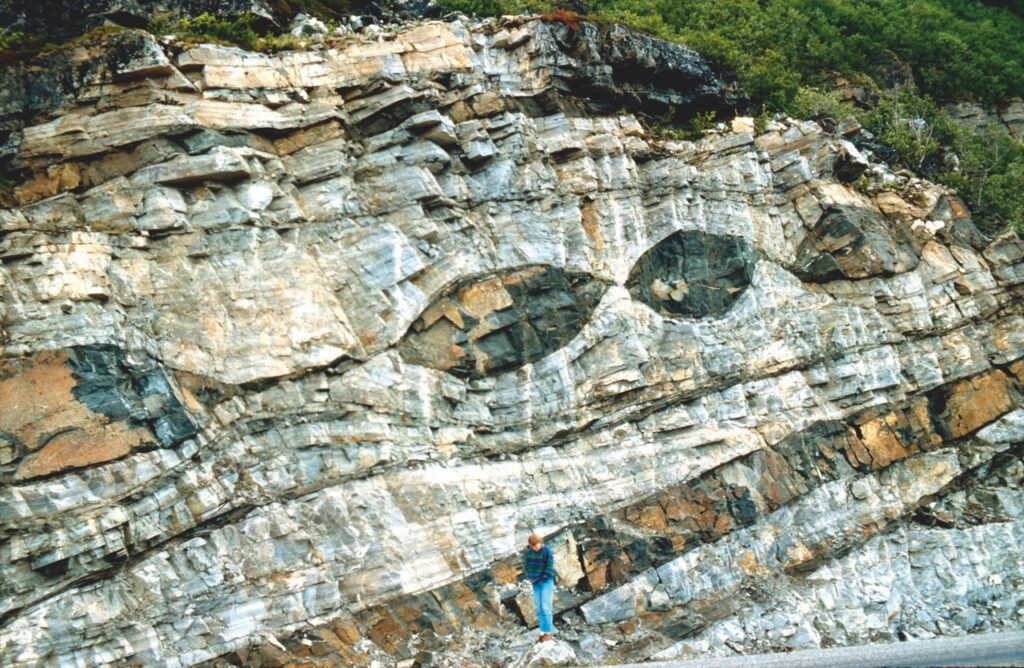Our world’s surface is a jumble of jostling tectonic plates, with new ones emerging as others are pulled under. The ongoing cycle keeps our continents in motion and drives life on Earth. But what happens when a plate disappears into the planet’s interior? The question has long puzzled scientists because conventional wisdom said that sinking… Continue Reading Fate of Sinking Tectonic Plates is Revealed
Earthquake Forecasts Move a Step Closer to Reality
Earthquakes — like lightning — strike unpredictably. The Earth’s tectonic plates, however, hide subtle warnings that a major fault may soon break. Like forecasting a thunderstorm, knowing how to read the warnings could help communities protect lives, infrastructure and local economies. For decades, scientists have struggled to reliably give forecasts for major earthquake hotspots, but… Continue Reading Earthquake Forecasts Move a Step Closer to Reality
How an award-winning geophysics professor is doing his part to reshape the geosciences
Backpack, hat and rock-hammer in hand: the archetypal geologist has attracted generations of outdoor-loving people to the geosciences. But it’s an image that people like Thorsten Becker, a professor at The University of Texas at Austin’s Jackson School of Geosciences and this year’s recipient of the International Lithosphere Program’s Evgueni Burov Medal, hope to change.… Continue Reading How an award-winning geophysics professor is doing his part to reshape the geosciences
Slow Slip’ Earthquakes’ Hidden Mechanics Revealed
Slow slip earthquakes, a type of slow motion tremor, have been detected at many of the world’s earthquake hotspots, including those found around the Pacific Ring of Fire, but it is unclear how they are connected to the damaging quakes that occur there. Scientists at The University of Texas at Austin have now revealed the… Continue Reading Slow Slip’ Earthquakes’ Hidden Mechanics Revealed
Antoniette Greta Grima: ‘Bam! It broke in two and went on its own sweet way as if nothing had happened’
UTIG’s postdoc on discovering a new kind of tectonic behavior. GEOPHYSICS Q&A Before joining the University of Texas Institute for Geophysics, Antoniette Greta Grima discovered a previously unknown tectonic plate behavior that she called ‘slab orphaning.’ The process, which occurs 660 kilometers (410 miles) under the Earth’s surface, describes the way tectonic plates — or… Continue Reading Antoniette Greta Grima: ‘Bam! It broke in two and went on its own sweet way as if nothing had happened’





